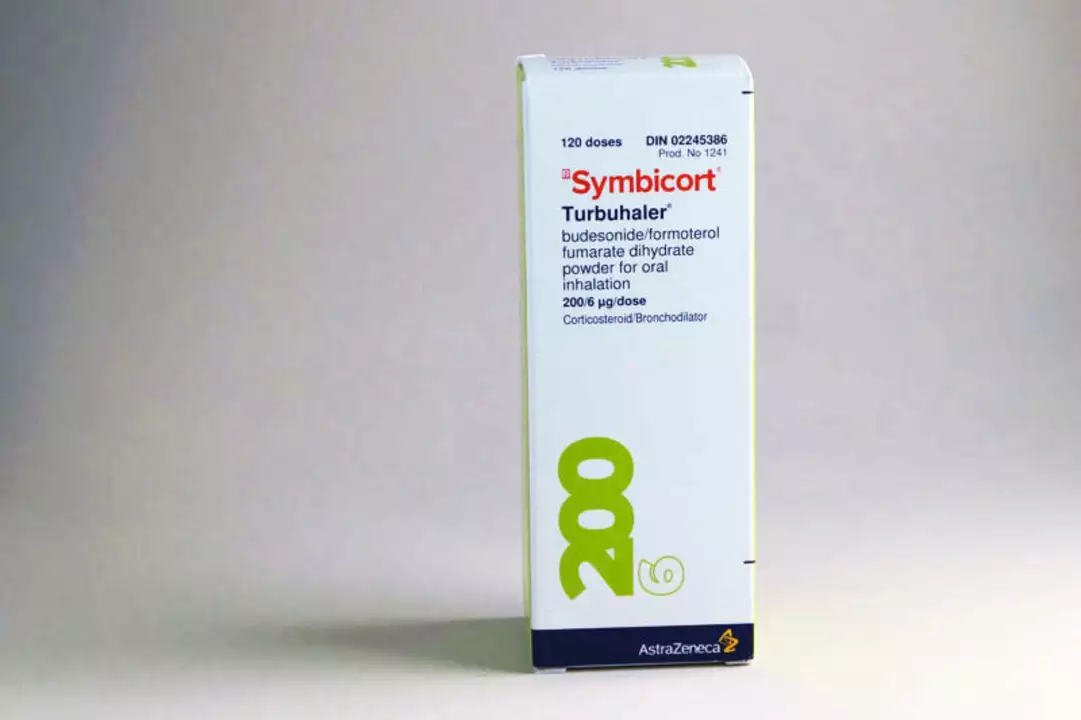Does your child cough a lot at night or get wheezy when running? Those can be asthma signs. Childhood asthma varies — some kids only cough during colds, others have frequent breathing trouble. This page explains common symptoms, main triggers, simple treatments, and everyday steps families can use to keep kids safe and active.
Watch for a pattern: wheeze (a whistling sound), persistent cough especially at night, shortness of breath, chest tightness, or trouble keeping up with peers during play. If symptoms come back after viral infections or when exposed to pets, pollen, or cold air, mention that to your pediatrician. A doctor may use history, exam, and sometimes a breathing test (spirometry) for older children to confirm asthma.
Not every cough is asthma. Allergies, reflux, and recurrent infections can mimic it. Keep a short symptom diary — note when symptoms appear, what the child was doing, and any treatments that helped. That record helps the clinician decide what’s going on fast.
A clear asthma action plan is the most useful tool. It tells you which daily medicines to use, which medicines to use for flare-ups, and when to get emergency care. Ask your clinician for a written plan and keep a copy at home and school.
Quick-relief inhalers (short-acting bronchodilators) stop tightness fast. Controller medicines (usually inhaled corticosteroids) reduce inflammation and lower flare-up risk when used as prescribed. Using a spacer with the inhaler improves medicine delivery for young kids — hold the spacer steady, attach the mask or mouthpiece, give one puff, and let the child take slow breaths.
Identify and reduce triggers: smoke, strong sprays, dust mites (wash bedding hot and use dust-mite covers), mold, pet dander, and outdoor air pollution. For viral-triggered asthma, good hand hygiene and flu shots help. Allergy testing can point to specific exposures to avoid or treat.
School and activity: inform teachers and coaches about the action plan and where the inhaler is stored. Kids with asthma can and should exercise — warm-ups, keeping an inhaler handy, and using pre-exercise medicine when advised makes activity safer and more fun.
When to seek urgent help: call emergency services or go to the ER if your child has severe trouble breathing, blue lips or face, very fast breathing, difficulty speaking, or if quick-relief medicine doesn’t help after repeated doses. For ongoing worries, schedule follow-ups to adjust meds or check inhaler technique.
Small steps make a big difference: track symptoms, follow the action plan, reduce triggers, and keep communication open with your healthcare team. With a clear plan, most children with asthma lead active, normal lives.
Medication safety matters: store inhalers at room temperature, check expiry dates, and replace spacers every year or after heavy use. Tell any caregiver about side effects like thrush from inhaled steroids — rinsing mouth after use reduces that risk. If costs are a problem, ask about generic options or prescription discount programs to keep treatment consistent.

As a parent, managing my child's asthma can be challenging, but I've found that Budesonide Formoterol has been a game changer. This medication combines two active ingredients to help prevent asthma attacks and reduce inflammation in the airways. It's crucial to follow the prescribed dosage and schedule to ensure effectiveness. Educating myself on potential side effects and monitoring my child's overall health has also been vital. With the right approach, Budesonide Formoterol can be a valuable tool in helping our little ones breathe easier.